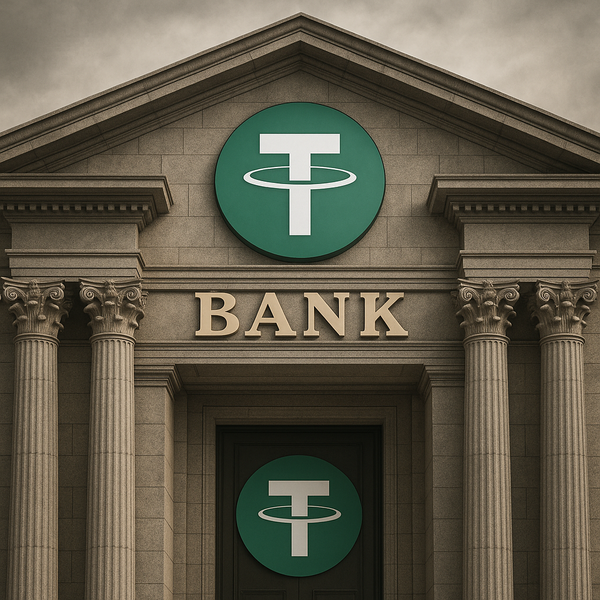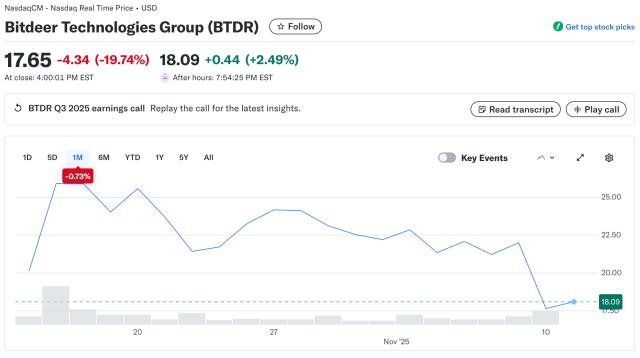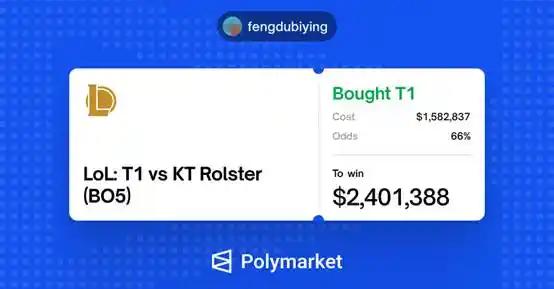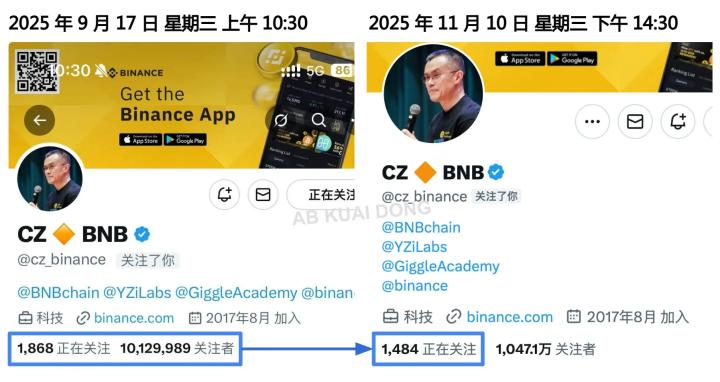
With assets worth 247 trillion won and interest income exceeding 13 trillion won, Tether is being evaluated as going beyond a simple stablecoin issuer and effectively acting as a "private central bank."
According to Tether's recently released quarterly report, Tether's total assets reached $181.2 billion (approximately KRW 247 trillion), exceeding its $174.5 billion (approximately KRW 238 trillion) in liabilities, resulting in net capital of $6.8 billion (approximately KRW 9.2 trillion). Of this, the Tether Dollar (USDT) in circulation exceeds $174 billion (approximately KRW 237 trillion).
Tether, which primarily invests in relatively stable assets like U.S. Treasury bonds and repurchase agreements (repos), has generated interest income of $10 billion (approximately KRW 13.6 trillion) since 2025 alone. This represents a profit structure comparable to that of a financial institution, not a typical cryptocurrency company, demonstrating that Tether's profitability is expanding to the level of a central bank in a high-interest rate environment.
Tether is also taking actions that border on "policy judgment," such as freezing sanctioned wallets, switching supported blockchains, and investing up to 15% of its total profits in Bitcoin (BTC). These actions are effectively interpreted as a form of monetary policy similar to that of a central bank.
However, as a private enterprise not subject to government oversight, Tether lacks public accountability or an external auditing system, which leaves open the possibility of transparency and trustworthiness issues. Some argue that the current structure, which relies on internal disclosures and verification by private accounting firms, makes it difficult to fully guarantee the security of the stablecoins Tether issues.
Nonetheless, Tether's massive reserves, interest income, and experience working with certain national regulators are changing the conventional perception of stablecoins. Tether is no longer simply a cryptocurrency issuer; it has emerged as a central pillar of the global digital dollar economy and the "de facto central bank" of the cryptocurrency ecosystem.
These changes are expected to have significant ramifications not only for the future digital asset market but also for the international financial order.








